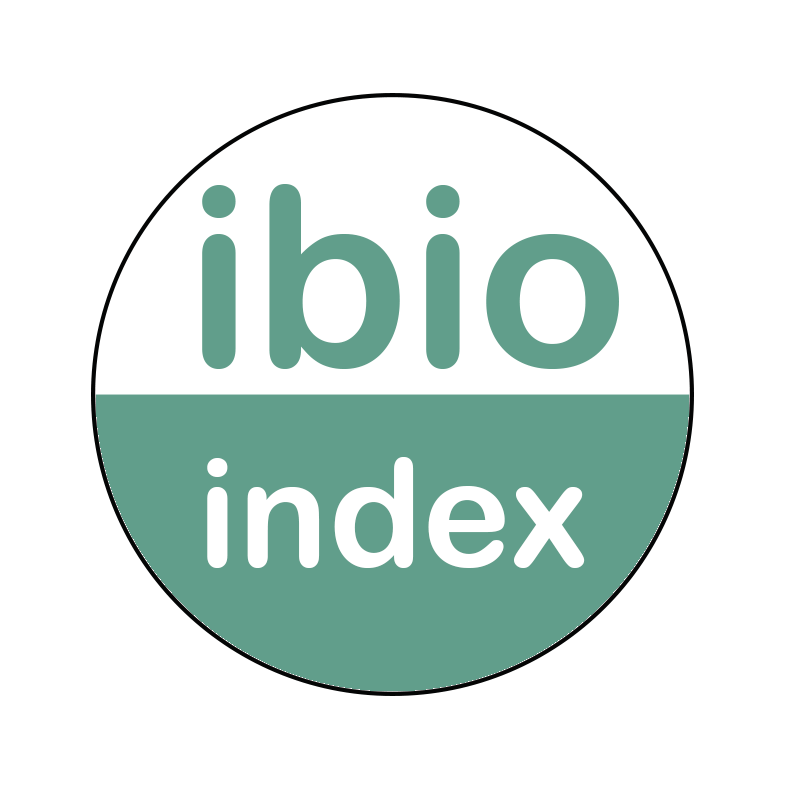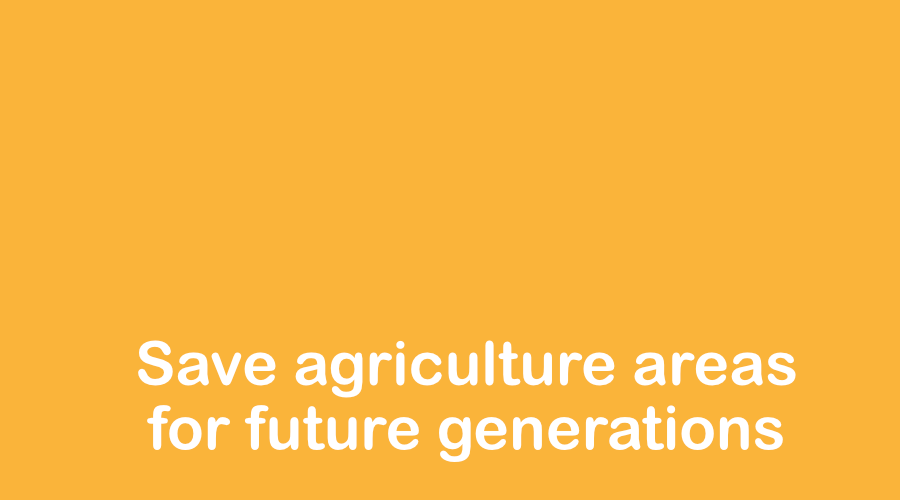The food industry will significantly reduce the sugar content in foodstuffs in the next few years and, as a result, sugar prices will fall.
It is a paradox, but the sugar is used in industrial biotechnology as a raw material for the production of sweeteners to be able to replace the sugar in the food.
In the future, sugar will become a raw material for bioplastics, lubricants, pharmaceuticals, cosmetics, vitamins, fragrances, nutrition and many new products still to be developed in industrial biotechnology.









